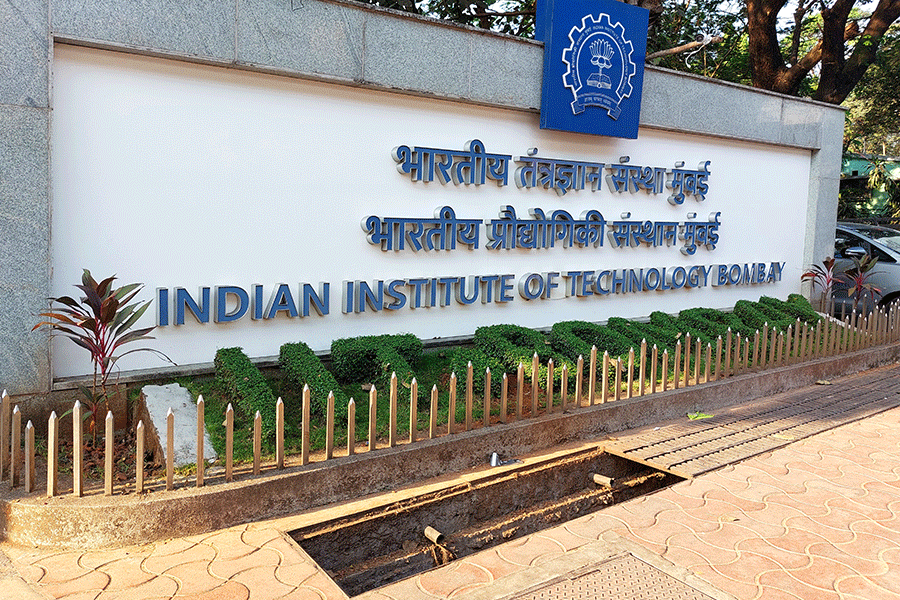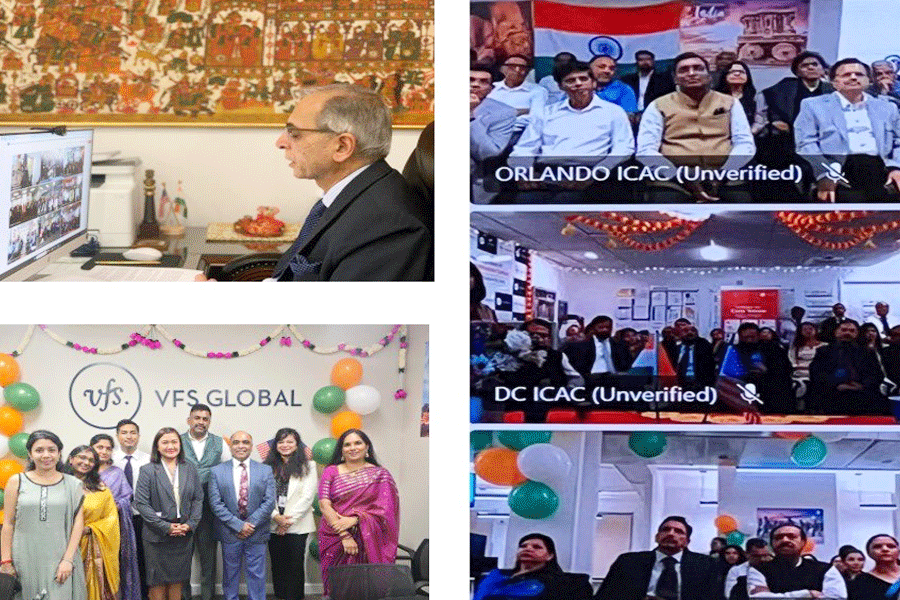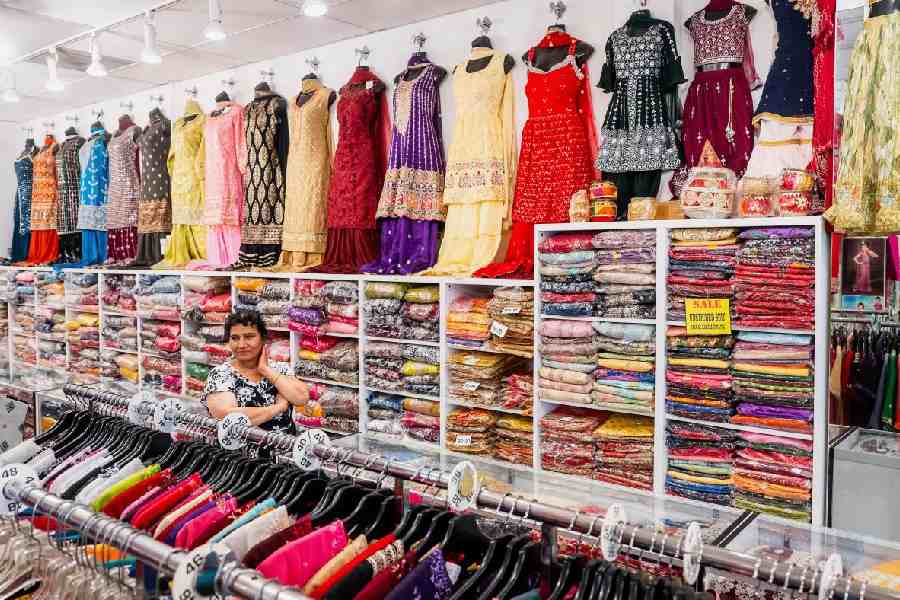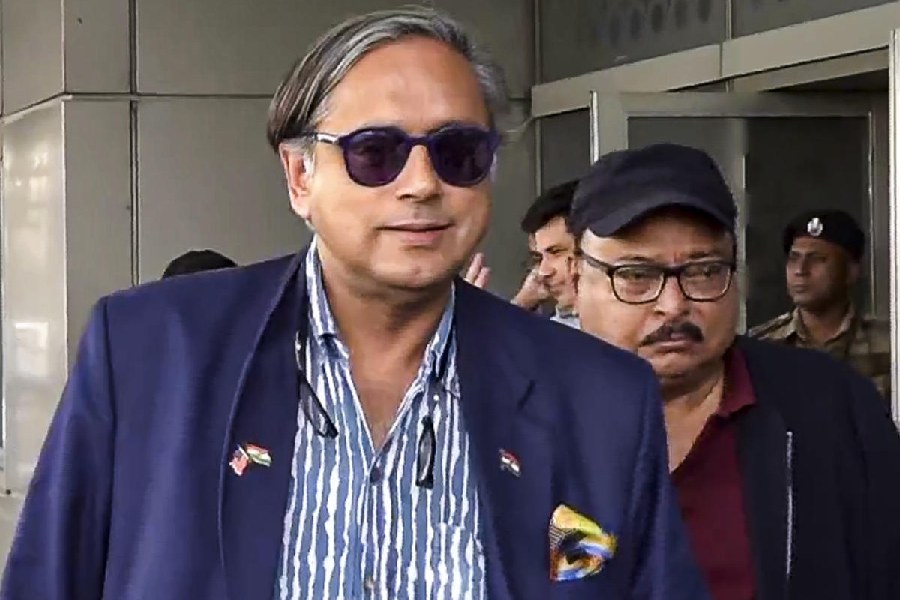 |
| Quick-fix pills: Psychiatrists are overestimating the poof depression. |
The whistling of steam engines may have given way to the rumbling of heavy-duty diesel locomotives or smarter electric versions, but the sight of a train speeding past still captivates most of us. And then there are railway enthusiasts who delve deeper — jotting down names and numbers of “locos”, station codes and more.
The activities of a railway enthusiast extend to various aspects of the railways — knowing its history and statistics, studying route maps, understanding the mechanics behind locomotives and also railway models. Then there are those who actively involve themselves in “trainspotting”. Rail fans who are trainspotters study locomotives in general. One might often see them in conversation with guards and drivers, as they collect information on the number of coaches or wagons, thereby determining the capacity of each locomotive. Their study is not restricted to passenger trains only — they also study various kinds of freight carriers.
Apurva Bahadur, a technical writer from Pune, is an avid rail fan and describes the vehicle as an engineering marvel. “The network of the Indian Railways (IR) is so vast that a rail fan is often spoilt for choice,” he says. Started in 1853, it transports over six billion passengers and almost 750 million tonnes of freight annually.
Steam engines, also popular in Hindi cinema — Chaiyya Chaiyya from Dil Se (X Class steam loco from the Nilgiri Mountain Railways) and Kasto mazza from Parineeta (B class steam loco from the Darjeeling Himalayan railways), have a nostalgic appeal to many. There is an air of romance about travelling in steam locos, which are a favourite with rail fans like Buddhadeb Saha, retired chief manager of a bank in Calcutta. Saha says, “I have always been enamoured by the massive steam-spewing mammoths”.
Amar Singh Matharoo (86), who has served for 30 years in the Indian Railways (1941-71), has had first hand experience in the best steam locos the country has seen. Matharoo retired as a senior loco inspector in Jhansi, an important centre at that time as it housed a mechanical workshop for goods trains. Matharoo served in the XA class of steam locos — 113 of these were built, few of which are preserved today.
Diesel locos provided a transition from the steam era. About 2,608 locomotives of the basic type were manufactured which made trains run faster and gave the crew a better operating environment. Says Krishnan Parasuraman, a journalist from Chennai, also an admirer of diesel locos, “WDM2, which is a broad gauge diesel for both passenger and goods trains, is my favourite”.
Locomotives, stationed in loco sheds, are an important area of interest for many train lovers. Generally, the station code is painted on the locomotive itself. Some trains also bear the elaborate logos of their “home sheds”. Some sheds like the ones at Howrah and Mughalsarai have the shed station code written in Roman letters on one side and the full name of the shed in Devanagari on the other. Interestingly, the loco shed in Jodhpur, which is said to have over 130 locos, is called Bhagat ki kothi while the diesel locomotive in Lucknow is christened Prabal.
The Golden Rock Shed in Tiruchi houses the 16866 WDM2, which is also called the “inauguration loco” as it invariably hauls the first service of all the new trains introduced in the region. Similarly, the Krishnarajapuram (KJM) shed in Bangalore has 16876 WDM2 as its favourite diesel loco.
Jotting down loco numbers, an important aspect of trainspotting, helps create a bond between the rail fan and the loco. Says Saurab Basu, a software professional in Calcutta, “I maintain a record of the numbers I come across. It helps you to relate to the loco, apart from making you nostalgic, especially when you spot it and identify it.”
Studying railway time tables and maps is common but for Samit Roychoudhury it was not enough. Being a freelance graphic designer from Calcutta and a dedicated rail fan, Roychoudhury authored The Great Indian Railway Atlas (www.indainrailstuff.com), which has a detailed series of maps with updated information on around 10,000 existing and closed stations on the railway network.
Although railway photography is illegal in the country, it has not put a halt to the passion of many rail fans. Enthusiasts like Dr Shrish Yande, a urologist from Pune, and Subrabrata Chatterjee, an assistant manager at a pharmaceuticals company in Calcutta, have been interested in rail photography since childhood and can battle rough weather and dangerous terrain to click their favourite locos.
Vivek Manvi, quality manager at a business process outsourcing company in Mumbai, has been questioned by railway security personnel many times while “rail fanning”, but he says that amid the chaos and sea of humanity at the stations, the single largest employer of the world provides a unique pastime for enthusiasts like him.
Railway trivia
• Ib near Jharsugunda on the Howrah-Nagpur main line (South Eastern Railway) is the shortest name of a station while Venkatanarasimharajuvariapeta, sometimes spelt with “Sri” prefixed, on the Arakkonam-Renigunta section of the Southern Railway is the longest.
• The single-letter codes are the shortest like G-Gondia junction, D-Deula (on the Sealdah-Diamond Harbour section, J-Jalna, R-Raipur, S-Srirangapatna and Y-Yeliyur.
• The Himsagar Express (between Jammu Tawi and Kanyakumari, No. 6318) has the longest run in terms of total time and distance. It covers 3,751 km in 74 hours and 55 minutes.
• Siliguri station is the only one in the country with all three gauges — broad, metre and narrow — present and active.
• Ghoom at 2,257 m on the Darjeeling Himalayan Railways — a narrow gauge train with a steam locomotive also classified as a World Heritage Site by Unesco — is the world’s highest narrow gauge station. Shimliguda on the Vishakapatnam-Kirandul line at 998 m is the highest broad guage station in India.
• Stations popular for special food items: Lonavala for chikki; Kolhapur for sugarcane juice; Surendranagar for camel’s milk tea; Jaipur for dal bati; Tirupati for laddoos; Vasco da Gama for fish curry (Source: www.irfca.org).










